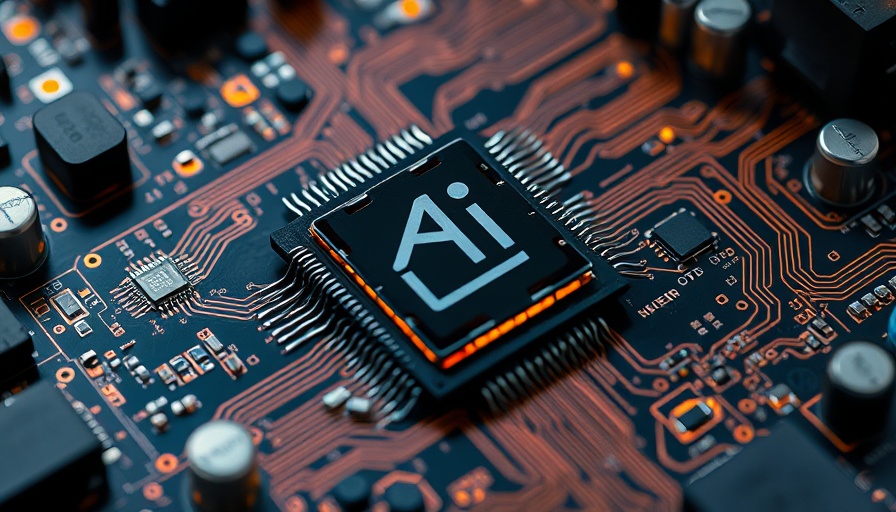
One in Four Jobs At Risk: The Role of Generative AI
A recent study conducted by the UN labour agency (ILO) and Poland’s National Research Institute has unveiled a startling statistic: one in four jobs globally is potentially exposed to generative artificial intelligence (GenAI). This growing innovative technology creates content such as text, images, and even code, raised crucial questions about the future of work and job roles as we know them.
The authors of the report emphasize that while there is a significant risk of job transformation, the possibility of widespread job loss is less imminent. The study surveyed nearly 30,000 job descriptions and revealed that most roles comprise tasks that current AI technologies cannot fully automate. Instead, many jobs may undergo changes, shifting the type of work that employees will perform day-to-day.
Gender Disparities Highlighted in the Study
Interestingly, the study also highlighted pronounced gender disparities within the AI exposure landscape. In high-income regions, nearly 34% of jobs are considered at risk due to AI, and the stark contrast sees women more affected than men. Specifically, 9.6% of female jobs are in this highest-risk category, which is nearly three times that of their male counterparts.
This discrepancy largely stems from the overrepresentation of women in clerical and administrative roles, which are more vulnerable to automation through AI. Jobs that require routine tasks, such as data entry or document formatting, have positions that AI systems can perform with ease. Such trends lead to the crucial question: how can we mitigate the negative impacts of these transformations on low-income and female workers?
Regional Differences in AI Exposure
The global landscape is uneven, with high-income countries experiencing much higher job exposure (34%) to GenAI compared to just 11% in low-income countries. Middle-income regions, such as parts of Asia and Latin America, present a mixed scenario. Europe and Central Asia reveal the highest gender disparities, as women fill numerous clerical positions, leading to an increased risk of automation.
Conversely, regions like sub-Saharan Africa and South Asia, though currently presenting lower risk levels, are not immune. As AI technologies advance, these vulnerable sectors may witness significant disruption if sufficient safeguards are not established.
The Importance of Proactive Measures
To navigate the changing tide brought by generative AI, the ILO calls for decisive action. Strengthening access to digital skills and training, particularly targeting women and clerical workers, is essential. The report emphasizes integrating AI planning into wider labour market and education strategies to prepare the workforce adequately.
By focusing on enhancing skill sets, fostering adaptability, and preparing for inevitable job transitions, workers can be equipped with the tools necessary for thriving in a future shaped by AI. Addressing these concerns proactively can ensure that the rise of generative AI supports workers rather than replaces them.
Take Action: Bypass AI Detection Tools
As we navigate these complexities, it’s vital to explore innovative solutions. To support efforts in maintaining job relevancy, consider learning how to bypass AI detection tools effectively. Visit Prompt2Human.
 Add Row
Add Row  Add
Add 




 Add Row
Add Row  Add
Add 

Write A Comment